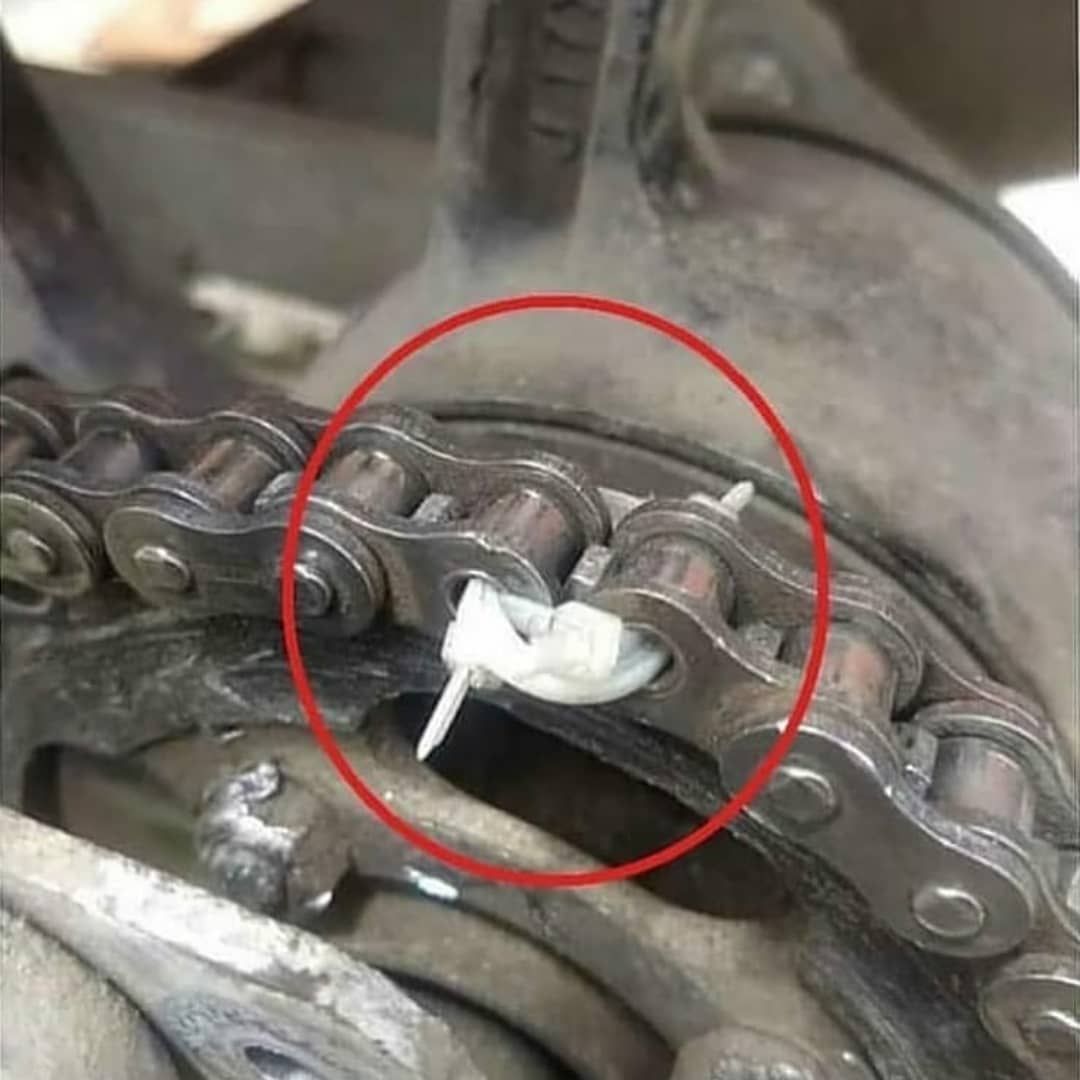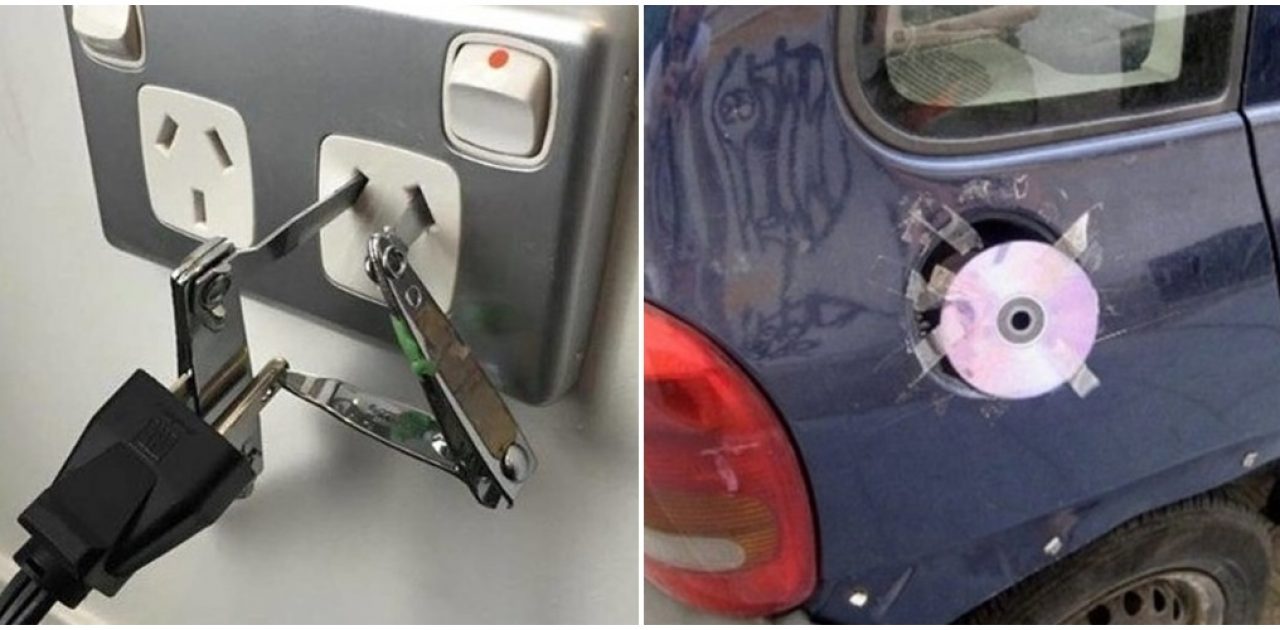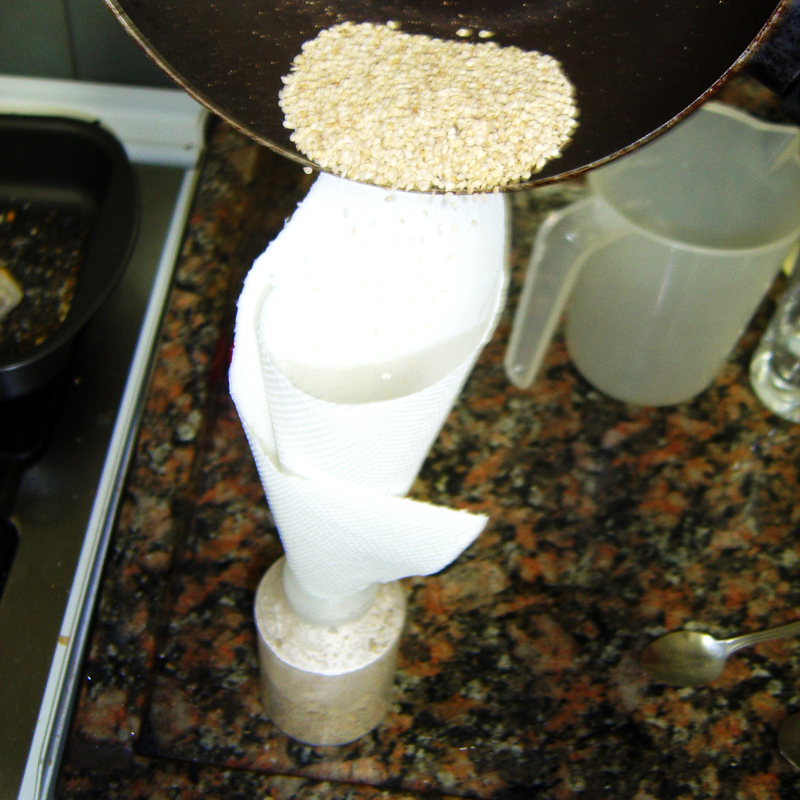Wild Design: Delving Into Circumstances Prevalence With Gambiarra and Gardening
artistic research awarded the Elsa-Neumann Fellowship 2022
Universität der Künste Berlin
troubles of wild and design
human-environment communication model
decentrilized human agency
ability to respond to circunstances over predetermined structures
circumstances -> emerging changes in and of environments
wild + design = creative contradictions
verb<->noun
“gambiarra process”
“By returning uncertainty to the world, gambiarra makes it possible to indicate that other worlds are possible.”
Helena S. Assuncao & Ricardo Fabrino Mendonca, A estética política da gambiarr cotidiana [The political aesthetics of everyday kludges]
As it offers no permanent solution, it opens room for further accidents.
It can only emerge from something else and it’s never at a final state.
shameless technical objects, Fernanda Bruno
audacity, pervesion, openness
-> point of insertion, black boxes
-> ANT
“This openness in gambiarra exposes cognitive, material and aesthetical complex networks.”
improvisation, utilitarian readjustment, subversion of industrial design, reverse engineering, risk and instability of an object’s usability and technological disobedience. (Giuliano Obici)
gambiarra is an “emergent behavior in this ecosystem, which deals with unconventional solutions, and comes to encompass a spectrum of applications and uses related to the context of a culture mediated by technology.”3 (Obici 2014, p. 10).
Architecture of Necessity, Ernesto Oroza
- technological disobedience
rejection of Western objects’ identity and inflexibility and a challenge to the authority of technology
technological landscape where components are seldom designed from scratch and are instead imported from specific foreign production and consumption contexts
- decolonization of design
Gambiologia
Repair
Tales of Care and Repair
restorative futures
- sustainability approaches & DIY cultures praising resourcefulness, hopefulness, engagement, and restorative qualities, along with its insubordination to an oppressive sociotechnical reality
unstable, often wasteful, dangerous and always maintaining an openness to further events that could result in additional unexpected crises
-> generative properties of contradiction/ambivalence
-> repair x design
non-human centered model of design that responds to emergent circumstances, namely, is in dialogue with the environment
-> anti-technocratic design
-> human environment relationship
Gambiarra can be read as an emergent behavior part of complex, non-linear, and dynamic design processes between humans and the environment, as well as the various non-human actors and systems that shape those relationships
a gambiarra or doing a gambiarra unveil an open system in which human agency is responding to the circumstances, namely, to the environment in a decentralized communication model.
gambiarra rejects the notion that only formal, technical expertise can produce legitimate solutions to problems. Instead, it promotes participatory and decentralized decision-making that accommodates diverse perspectives and approaches to problem-solving, including non-human perspectives.
Neotropical small scale food production systems
creole gardens, kitchen gardens, slave gardens, quilombola horticulture, tropical household level food production
density and variety of crops, the dominance of food trees over vegetable crops
...such a small plot could support a “numerous family” (Kingsley 1872). Likewise, the same few colonial historians writing about the topic were troubled by their “crowded, confused, and haphazard” aesthetics (ibidem)...
-> not tabula rasa
-> landscape management
-> open system, processual feedback between humans and environment
-> harvest is not central but a stage of a continuous open-ended process
human agency is also not engineering processes, but dynamically developing into and together with the system
POLITICS OF RESPONSABILITY
-> care and response-ability Puig della Bellacasa, Haraway (natureculture indeterminacy)
link between care and domestication that relies on attunement to feedback, rather than a predominance of a human program
care as a deeply relational practice that involves ongoing responsiveness and adaptation to changing circumstances and environments
-> Flusser, openness, ambivalence, engagement
anti-tecnocracy: not the realisation of a model but its distortion
The Parasite, Serres:
noise <-> information relationship
strange loops
undecidability -> complexity & diversity
new information is created through reversal, interdependency and appropriation
resignification
negentropy
conclusion:
- WILD DESIGN
open systems
confluence between cybernetics and ecology, proposing a de-alienating and anti-technocratic form of human-environment communication
- environemental discourses of out times
non-human agency, relationships between humans and the environment that engage with noise
- anti-technocratic Media Arts
creativity, aesthetics of interactivity and feedback
-> generative human-environment communication
-> more-than-human inteligence
-> counter-(aesthetic)narratives
peripheral (ecological) cybernetic communication models



















